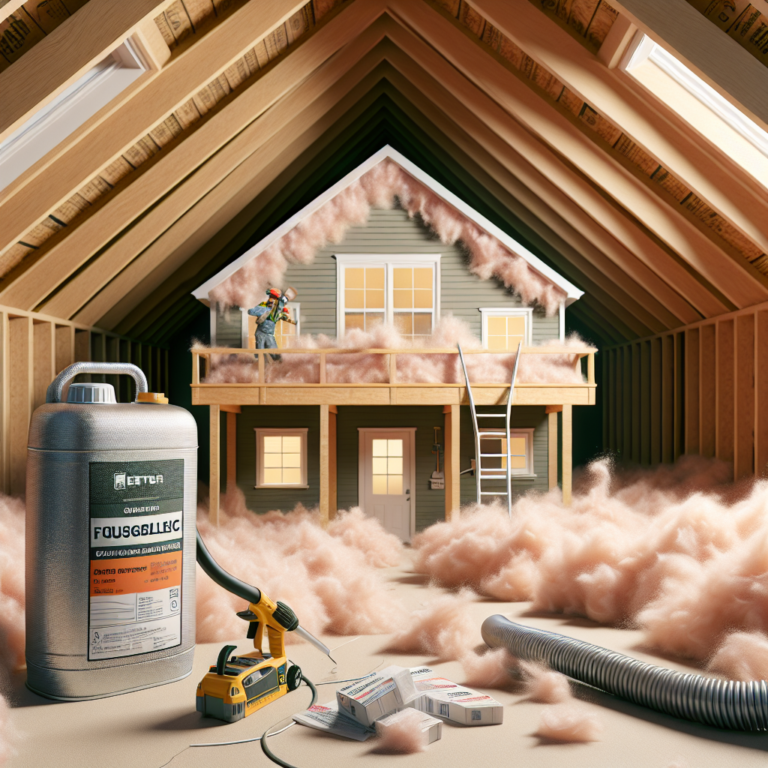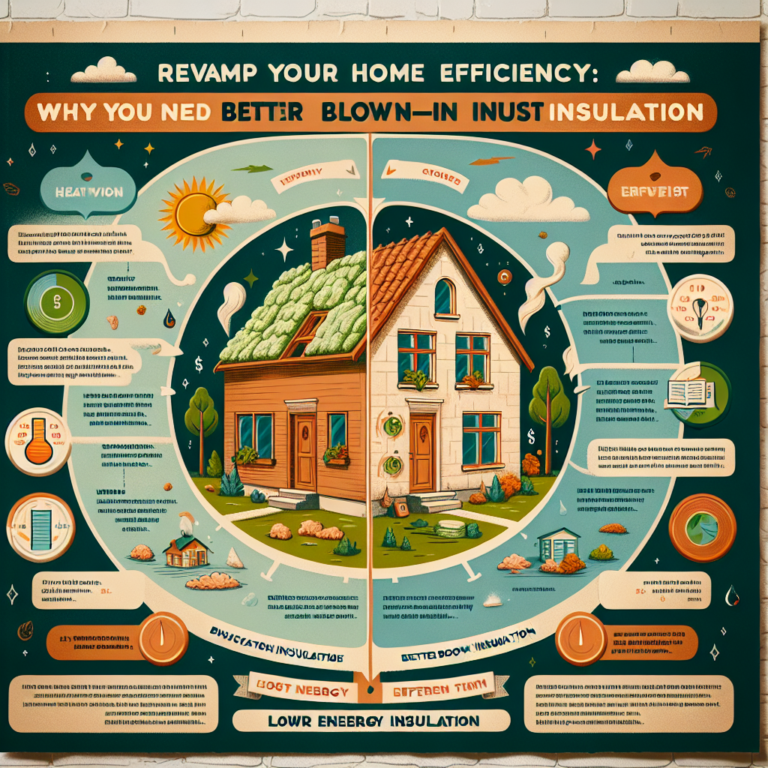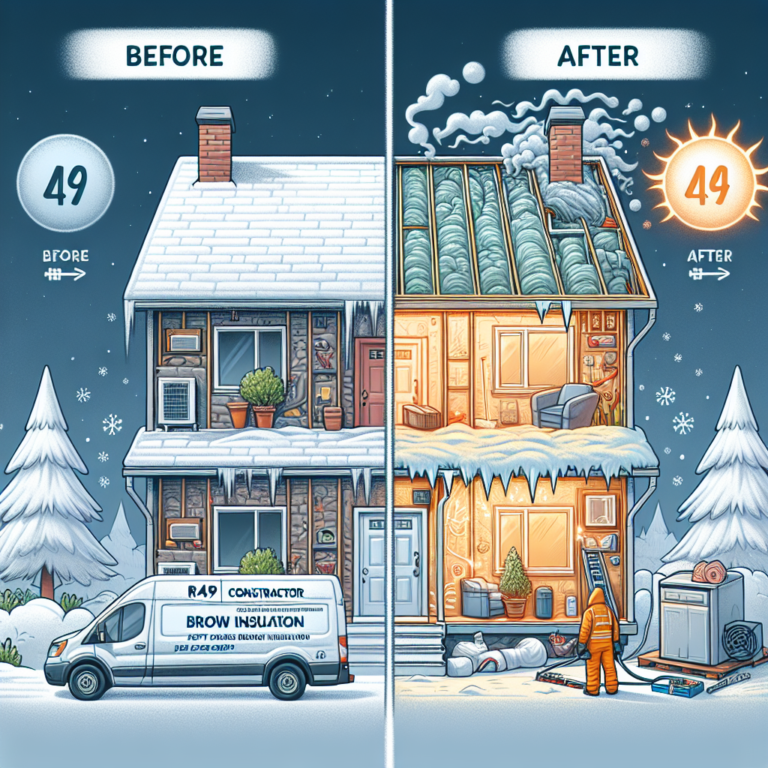Efficiently Calculate Your Savings with Wool Blown Insulation
Introduction
Wool blown insulation is a natural, eco-friendly material made from sheep’s wool fibers. Unlike synthetic products, it’s renewable, biodegradable, and highly effective at trapping air to reduce heat loss and gain. Homeowners who switch to wool blown insulation often see lower energy bills, better indoor comfort and a smaller carbon footprint. In this article, you’ll discover the benefits of wool blown insulation, learn how to calculate the exact amount you need, and explore key factors to consider before installation.
Benefits of Wool Blown Insulation
• Environmental Sustainability: Wool blown insulation is produced from a renewable resource and contains minimal chemicals. At end of life it biodegrades instead of filling landfills.
• Superior Thermal Performance: With an R-value of 3.5 to 4 per inch, wool fibers create thousands of tiny air pockets, dramatically reducing heat transfer in winter and summer.
• Moisture Management: Wool naturally wicks moisture away, helping to control indoor humidity and prevent mold growth.
• Sound Dampening: Dense wool fibers absorb airborne noises, making homes quieter and more peaceful.
• Fire Resistance: Wool is a natural flame retardant—when exposed to high heat it chars rather than ignites, helping to slow flame spread and protect occupants.
• Health and Safety: Free from formaldehyde, plastics and fiberglass, wool blown insulation won’t off-gas harmful chemicals, making it an excellent choice for allergy sufferers and families with children or pets.
How to Efficiently Calculate Your Savings with Wool Blown Insulation
Calculating how much wool blown insulation you need—and the savings it will deliver—takes just a few clear steps:
1. Determine Your Target R-Value
– Refer to Department of Energy recommendations: attics R-49, walls R-13 to R-21, floors R-30 (adjust for your climate zone).
– Subtract any existing insulation R-value from your target to find the additional R-value required.
2. Measure the Area to Be Insulated
– Calculate square footage (length × width) for each space: attic, walls, floors.
– Total all areas to get your overall coverage square footage.
3. Convert R-Value to Insulation Thickness
– Divide the additional R-value needed by the per-inch R-value of wool blown insulation (typically R-3.5 to R-4).
– Example: To add R-30 in an attic: 30 ÷ 3.5 = about 8.6 inches of wool blown insulation.
4. Calculate Bags or Pounds Required
– Check manufacturer data: one bag might cover 40 sq ft at 10 inches depth.
– Use proportional math:
Required depth ÷ bag coverage depth × total square footage ÷ bag coverage area = number of bags.
– Example: 8.6 inches deep on 1,000 sq ft: (8.6 ÷ 10) × (1,000 ÷ 40) ≈ 21.5 bags.
5. Estimate Energy Savings
– Use an online energy savings calculator or consult a professional.
– Typical upgrades from R-19 to R-49 in an attic can cut heating and cooling costs by 10–20%.
– Multiply your annual HVAC expense by the expected savings percentage to forecast dollars saved.
By following these steps you’ll know exactly how much wool blown insulation to buy and how much you’ll save year after year.
Factors to Consider When Choosing Wool Blown Insulation for Your Home
• Source and Quality: Look for brands that use ethically sourced, minimally processed wool. Certifications from industry bodies ensure consistent fiber quality.
• Installation Expertise: Blown-in wool requires specialized equipment and trained installers to achieve uniform coverage without gaps or compaction.
• Moisture and Pest Resistance: Some wool products include natural additives for enhanced pest control and moisture resilience—vital in humid climates.
• Warranty and Lifespan: Compare manufacturer warranties; high-quality wool blown insulation can last 50 years or more without settling.
• Cost vs. Long-Term Value: Wool may cost slightly more per bag than fiberglass, but its durability, moisture management and health benefits often justify the investment.
Q&A
Q1: Is wool blown insulation suitable for retrofit projects?
A1: Yes. Its loose-fill nature allows installers to fill cavities in existing walls or attics without major renovation.
Q2: How long does wool blown insulation last?
A2: With proper installation and no moisture issues, wool blown insulation can maintain its R-value and structure for 50–80 years.
Q3: Can I install wool blown insulation myself?
A3: DIY is possible if you rent the right blowing machine and follow safety guidelines, but hiring a certified installer ensures optimal performance and warranty compliance.
Conclusion
Wool blown insulation offers a unique combination of eco-friendliness, fire safety, moisture control and lasting thermal performance. By accurately calculating the amount you need and comparing long-term energy savings, you can make an informed decision that improves comfort and reduces utility bills. Embrace wool blown insulation in your home and enjoy consistent warmth, quieter rooms and lower energy costs year after year.












